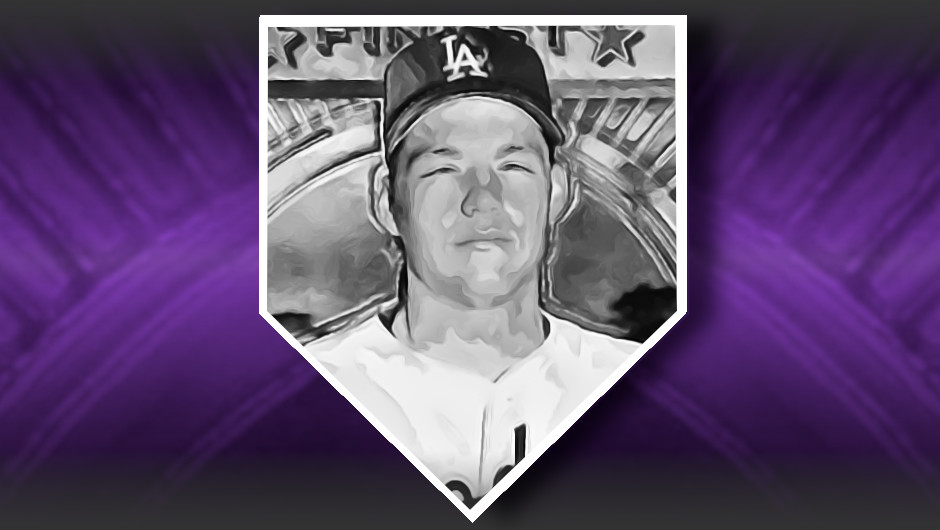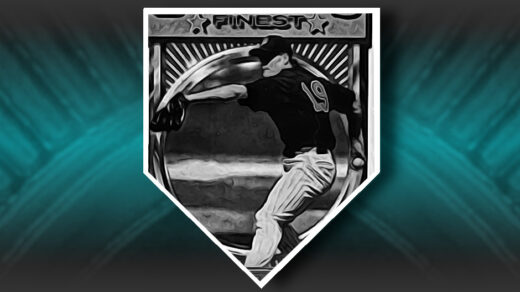I haven’t touched on some of my favorite sets in a while. Checking my notes, it has been right at two years since I last wrote about the overlooked “rookies” appearing in Topps’ 2001 retrospective look at the ’93 Finest set. Topps did not include many rookies and prospects in its debut Finest checklist, opting in 1993 to focus on more established names for any team not in the midst of a rebuilding project. In 2001, however, the card manufacturer looked back to one of its most popular products of the ’90s to play a game of “imagine if” with the checklist. What if a dozen or so of the early 2000s biggest stars had appeared in ’93 Finest, and by extension, what if collectors had a shiny refractor rookie card to chase?
Topps’ exercise played a little loose with the boundaries of what was possible in 1993. The original Finest release was announced in July and released shortly thereafter, indicating that finalization of the checklist and proofing of cards for production was well underway by the time hobbyists learned of its existence. Several big names in the ’01 edition were those who were drafted by MLB teams in the June 1993 draft, giving little chance of them ever making it into that year’s products regardless of release date. Scott Rolen, Jermaine Dye, Darren Dreifort, and Alex Rodriguez were all 1993 draftees who made it into the 2001 throwback checklist.
The 1993 MLB draft saw Alex Rodriguez picked #1 overall by the Seattle Mariners, who immediately began to lead the league in unlikable slugging. With Rodriguez off the board, the Los Angeles Dodgers went for a two-way threat. They selected Darren Dreifort, a standout pitcher and designated hitter from college ball who had previously been drafted out of high school by the Mets. Dreifort went straight from school to Dodger Stadium while other picks, Rodriguez included, toiled in the minors. He pitched as a reliever at first and transitioned to three years as a so-so starter. In 2000 he hit two home runs in a single game while allowing a little over 4 runs per 9 innings. The Dodgers front office was apprently (easily) impressed, signing him to a monster $55 million contract at the end of the season. That contract may have set fans’ expectations too high.

Things started off fine enough he next year under the new deal. Dreifort showed off his offensive capabilities in a June 2001 game against the Texas Rangers when he stole home as part of a double steal with speedster Tom Goodwin. Dreifort would not be anyone’s first guess to take home, as this was only the second time he had ever stolen a base and was the first steal of home by a pitcher since Curt Simmons pulled off the feat in 1963. It would be an additional 20 years before future Dodger Shohei Ohtani would remind fans that hurlers still had the ability to swipe home.
That’s when everything fell apart. When I say everything, I include Dreifort himself in that statement. An undiagnosed degenerative condition led to a series of season-ending injuries. By my count he underwent at least 9 surgeries, spending enough time in the hospital to presumably fulfill medical residency requirements. In addition to numerous partial season shutdowns, he missed all of the 2002 and 2005 seasons before retiring in early 2006 in order to save at least some movement in his arm.

Dreifort ultimately didn’t live up to the expectations that go with being the second overall pick of the draft, but at least he emerged from his career with a better reputation than the guy picked just ahead of him.




